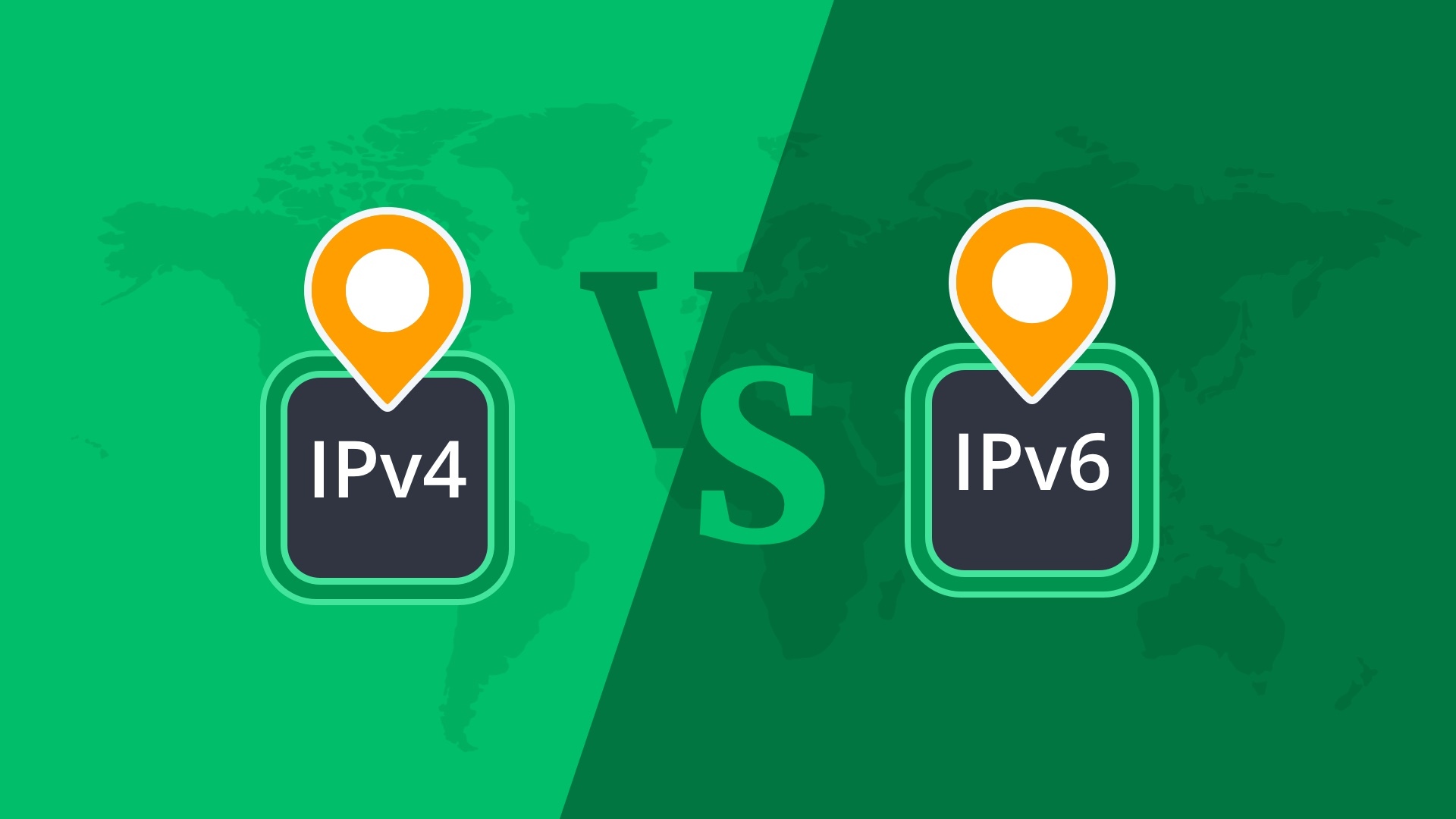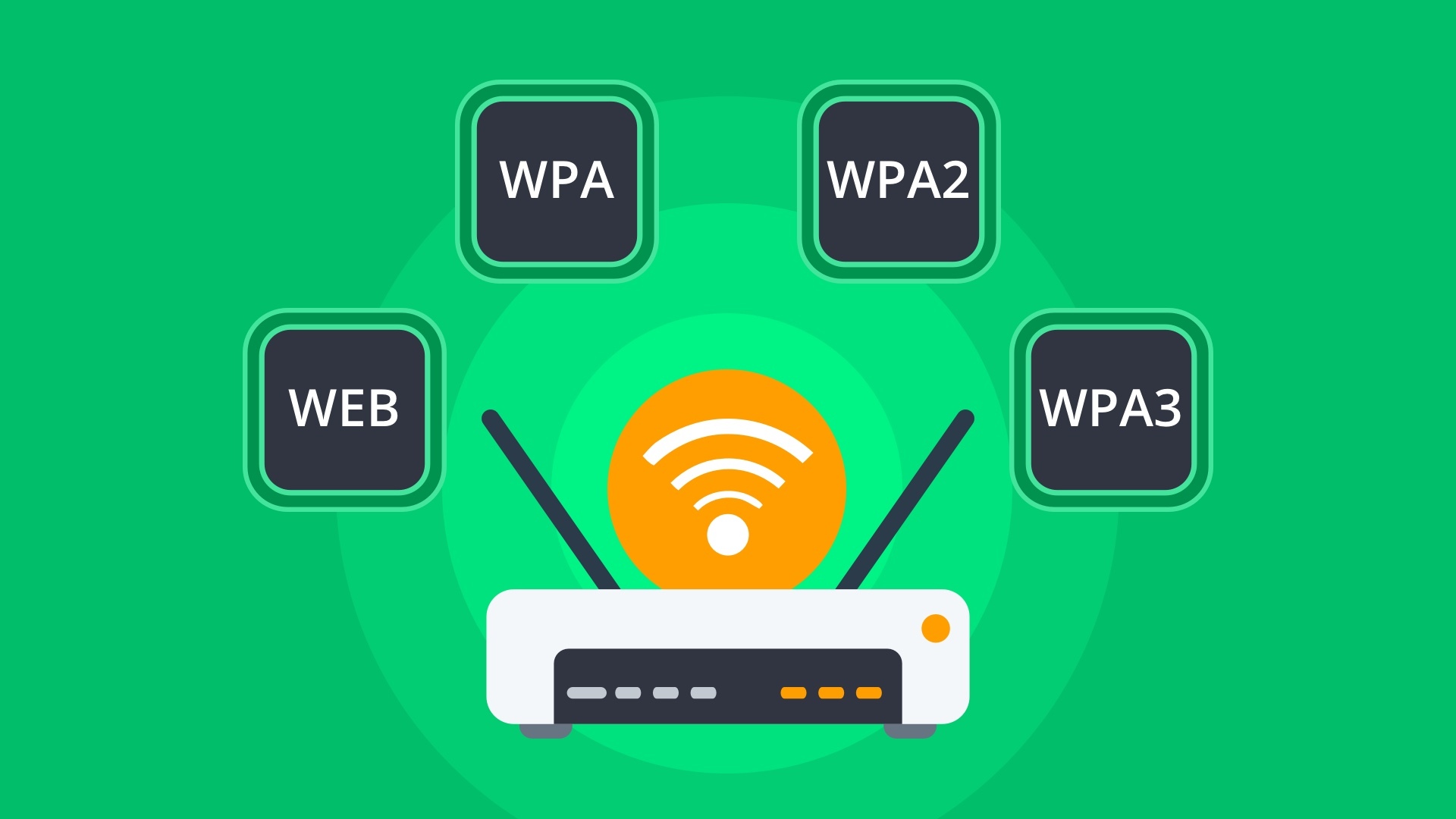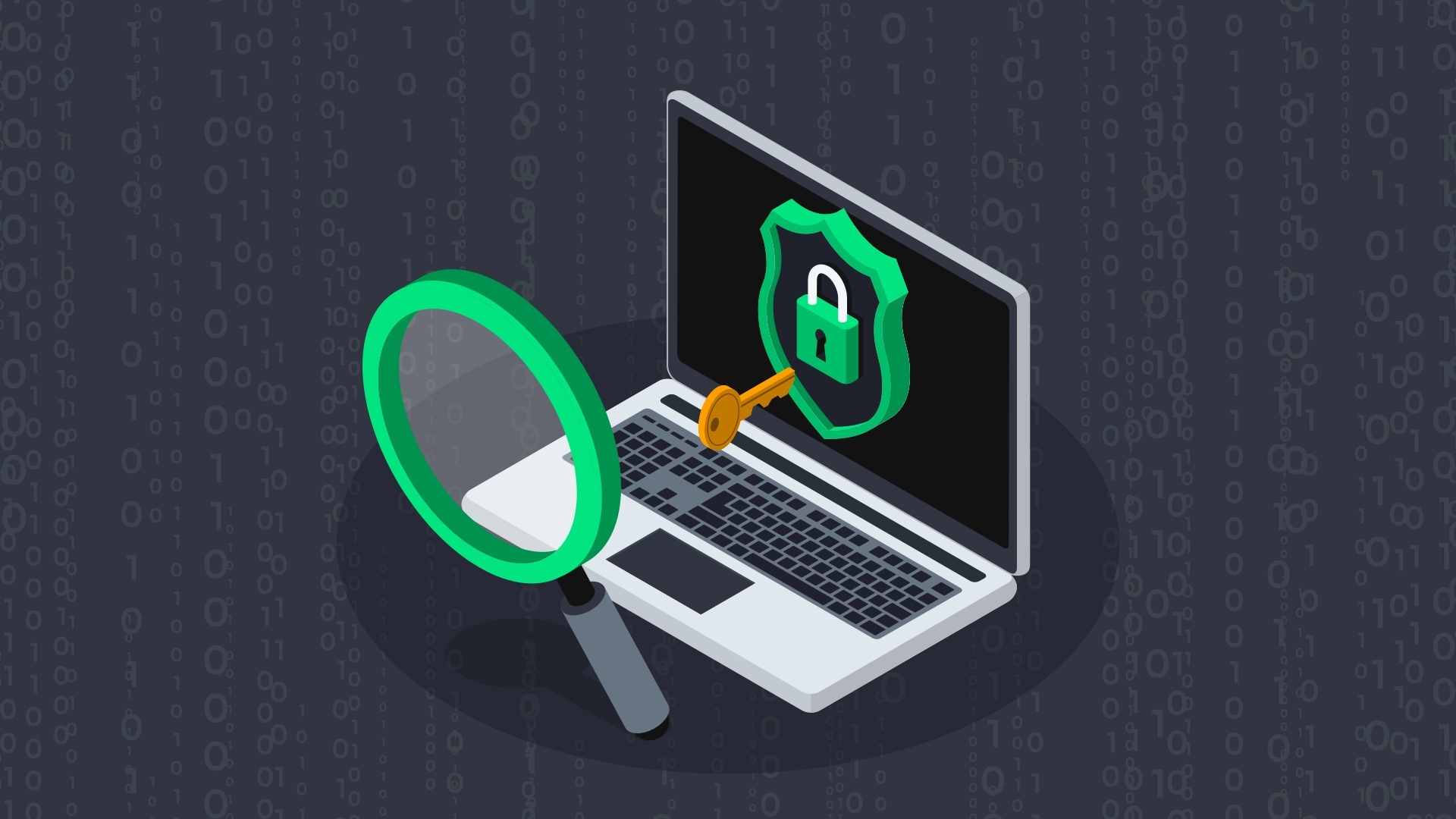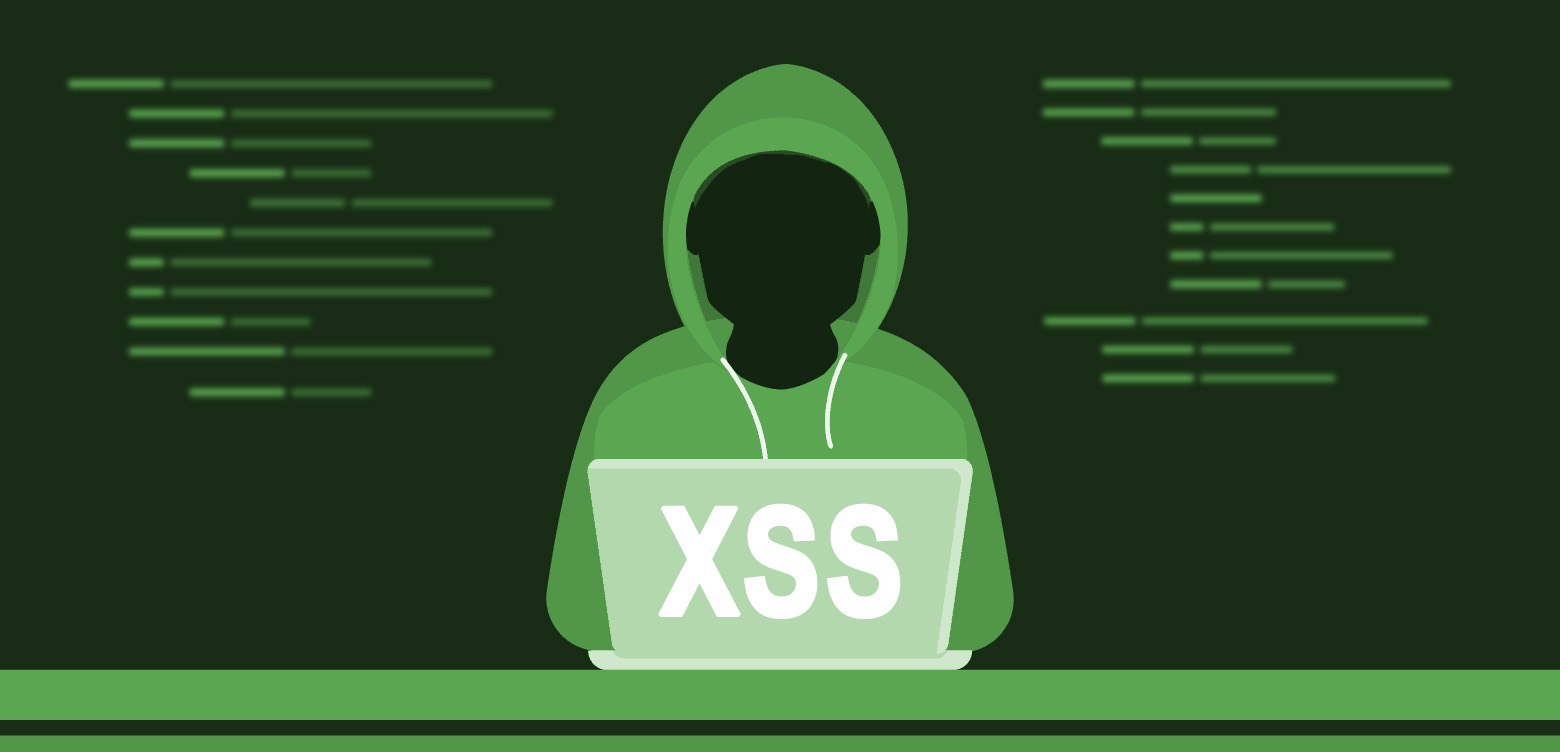IPv4 vs IPv6 NEW
IPv4 vs IPv6: Comparison of Internet Protocols Thanks to the Internet Protocol (IP address), computers and devices can exchange data. There are two versions of IP today – IPv4 and IPv6. Both protocols are used to identify devices connected to the network, but they have some differences. Below you will learn the differences between IPv4 and IPv6, as well as… Read More »IPv4 vs IPv6 NEW









